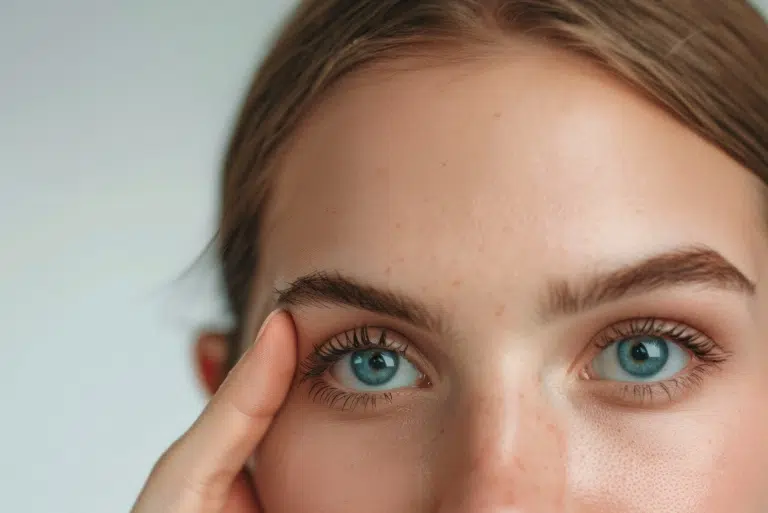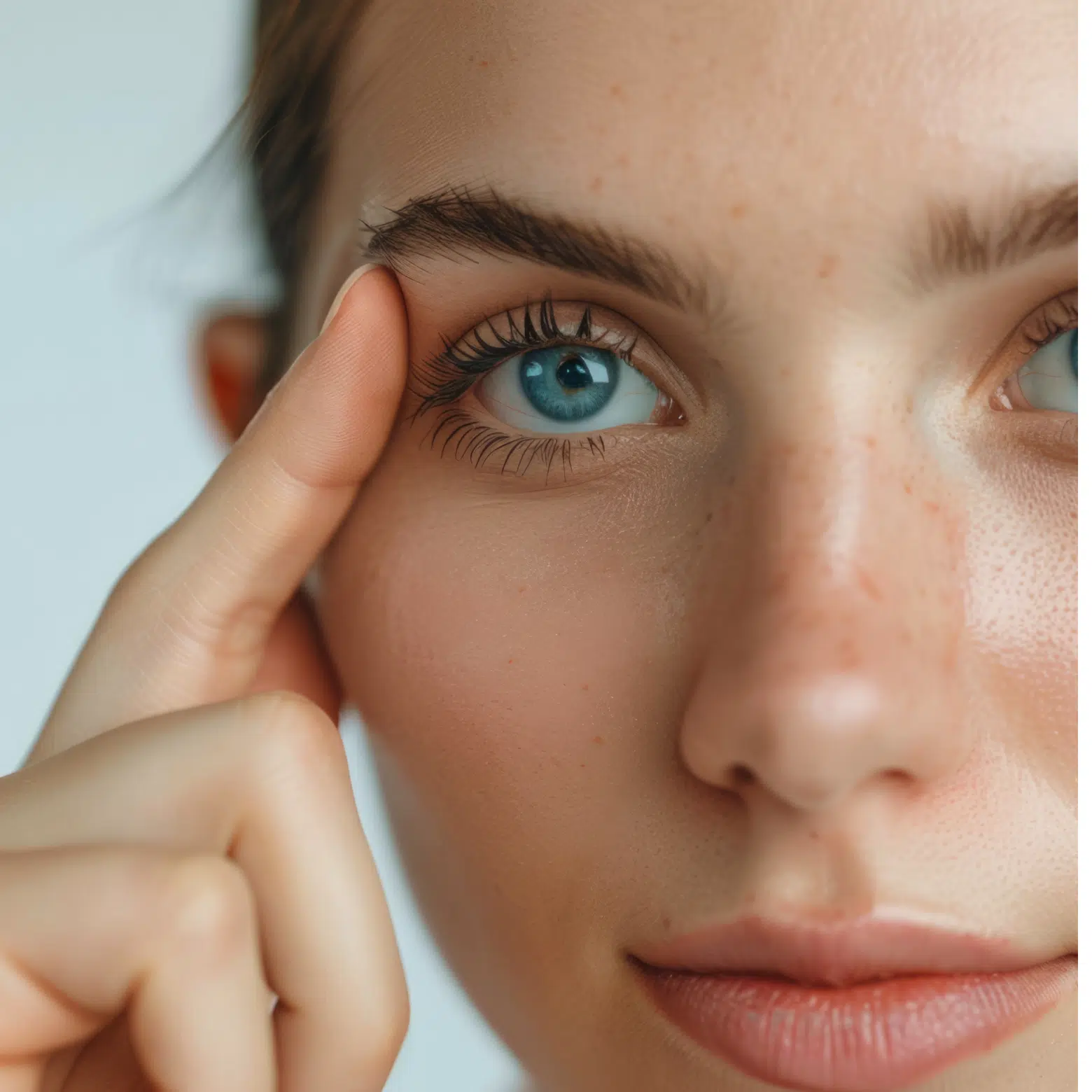Botulinum Toxin
Botulinum toxin, more commonly known as Botox, is a widely used medical solution for reducing expression lines and treating various medical conditions. A staple of aesthetic medicine, it is valued for its effectiveness and safety, and has been used across multiple medical specialties for several decades.


What is botulinum toxin?
Botulinum toxin is a substance that relaxes muscles by blocking the transmission of signals between nerves and muscle fibers. This action is due to a neurotoxin produced by the bacterium Clostridium botulinum. It is a therapeutic solution for many medical and aesthetic concerns.
When are Botox injections recommended ?
Botulinum toxin injections have numerous indications. In aesthetic medicine, they are used to reduce and prevent expression lines, as well as to treat excessive sweating.
Dynamic wrinkles or expression lines
Botulinum toxin is an excellent option for targeting dynamic wrinkles. These wrinkles form mainly when facial muscles contract. With repeated movements and the natural loss of dermal elasticity, the skin begins to show deep lines. Typical examples include forehead wrinkles and frown lines.
For deeper or static wrinkles, usually due to sagging skin – such as nasolabial folds – treatment typically involves dermal fillers like hyaluronic acid.
Hyperhidrosis
Hyperhidrosis, or excessive sweating, can cause significant discomfort and interfere with social life. Botulinum toxin can be injected into targeted areas such as the underarms, palms, or soles. It significantly reduces sweat production, providing long-lasting relief.
Eye contour
Botox is also used to enhance the appearance of the eye contour. Injections can reduce crow’s feet and provide a more rested, youthful look. This quick procedure delivers natural results that last for several months.
Mouth contour
Botulinum toxin is used around the mouth to treat fine lines and wrinkles, commonly known as smoker’s lines. These injections help achieve a smoother mouth area and a rejuvenated look, without altering the natural facial expression.
Bruxism
Botox can also treat bruxism (teeth grinding), which may cause dental problems, jaw pain, joint discomfort, and even migraines.
Precautions before botulinum toxin injections
The initial consultation with your surgeon is essential to assess your health status, goals, and specific needs. Before undergoing botulinum toxin injections, it’s advisable to avoid taking anticoagulant or aspirin-based medications a few days prior to minimize the risk of bruising or bleeding. Inform your practitioner about any ongoing treatments and medical history.
Are Botox injections long-lasting?
Botulinum toxin begins to take effect within 2 to 7 days, with optimal results visible after 2 to 3 weeks. For wrinkle treatment, muscle inhibition gives the skin a smoother, firmer appearance. The overall aesthetic improvement rejuvenates the entire face.
Results for hyperhidrosis are especially satisfying. By regulating perspiration, patients regain social comfort and a better quality of life. The psychological benefits can be substantial.
The muscle-relaxing effect of botulinum toxin is temporary and typically lasts between 3 and 6 months. Maintenance injections help preserve a natural and satisfying result over time.